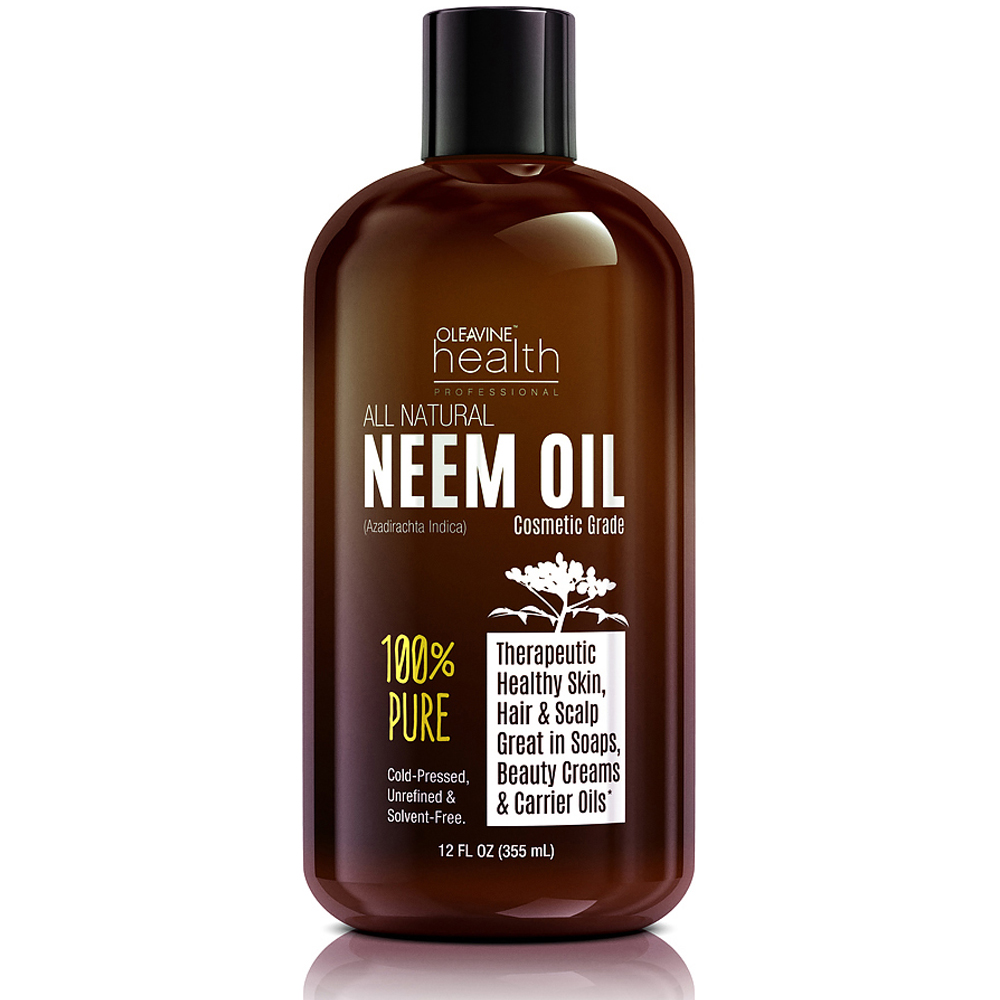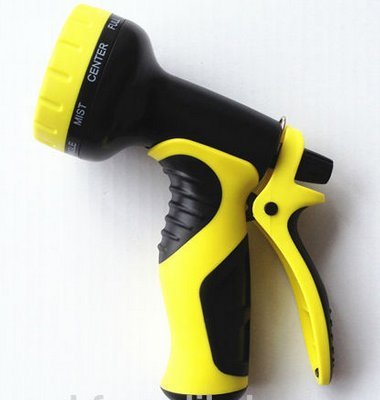I received the following products in exchange for an honest review. The opinions expressed are 100 percent my own. This post contains affiliate links.
My battle with fungus gnats continues. I hate fungus because I’ve lost about five plants because of the larva, which feed on the roots. The latest trick in my arsenal is to use neem oil, which comes from the neem tree. Oleavine sent me a bottle of its pure, cold pressed neem oil to use as a beauty product. I like everything that I’ve tested from this company so far, but I do not like the smell of neem oil. Plus, Oregon State University recommends keeping your exposure to neem oil low.
How Neem Oil Works
Neem oil contains azadirachtins, which acts like a bug repellent and makes bugs not want to eat. The oil also alters hormones, making it harder for insects to grow and lay eggs.
Neem Oil Benefits
- It is nontoxic to mammals, plants and birds
- It is nontoxic to most bugs that do not eat plants, like bees, worms, ladybugs and butterflies
- It is biodegradable
- You can use it on any type of plant
- It is organic
- It is simple to make your own bug spray using common ingredients
Neem Oil Insecticide Recipe
Ingredients:
- 4 cups warm water
- ¼ teaspoon insecticidal soap (Castille soap is a good option that you can find in most supermarkets; you can also use it on your skin)
- 1-2 teaspoons cold pressed neem oil
- Spray bottle
Preparation:
- Pour 4 cups of warm (not hot) water into a spray bottle.
- Add ¼ teaspoon of insecticidal soap to the water.
- Add 1 to 2 teaspoons of cold pressed neem oil to the water and soap mixture.
- Place the cap on the bottle and shake it to combine the ingredients.
Notes:
- Neem oil has a short half-life, so it’s best to use the solution that you make within 8 hours.
- When you apply the neem oil solution to your plants, spray it onto the dirt, plant stems, and the top and underside of each leaf.
- If your plants are in containers, spray the need oil solution on the rims and the bottom of containers. Fungus gnats and other bugs sometimes enter containers through the holes at the bottom of planters.
A Word about Watering
Fungus gnat larvae thrive in moist conditions. When you water your plants, take care to not over-water them. Succulents, for example, can go quite a while without water, especially during the winter (if they’re a variety that goes dormant in the winter).
To make sure that I give my plants the right amount of water when I have them on display outside, I use a hose nozzle attachment. Right now, I’m using the Garden Hose Nozzle from Careful Gardener, which I received to review. Of all the nozzles that I’ve reviewed, this is my favorite. It has nine settings, a comfortable handle and a shut-off valve. Plus, water doesn’t leak from the bottom of the nozzle, so I stay dry as I water the plants. My favorite setting for watering succulents is “mist” because the amount of water that comes out is enough to the plants, but the spray is so gentle that it doesn’t disturb the dirt. This nozzle helps ensure that my plants receive the appropriate amount of water at the appropriate pressure.

I received the products mentioned in exchange for an unbiased review. This post contains affiliate links, meaning that I receive a small commission if you click on a product link and make a purchase through Amazon.com.


No comments:
Post a Comment